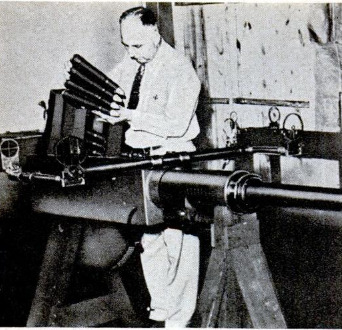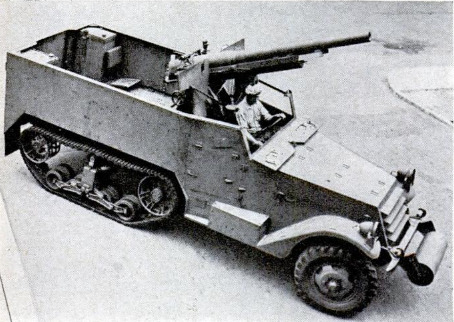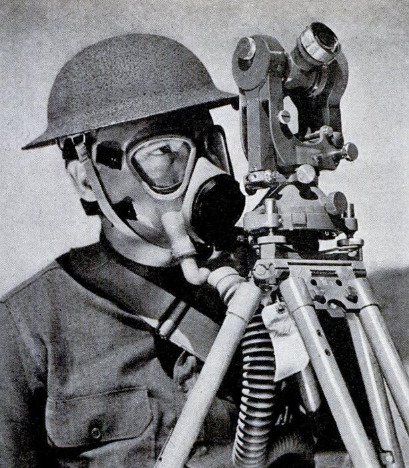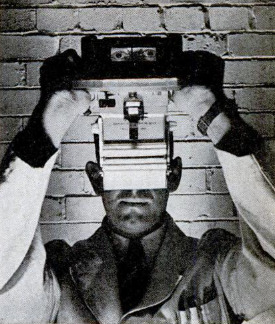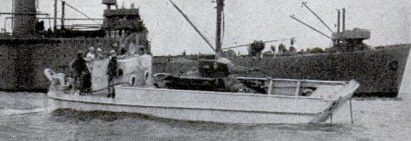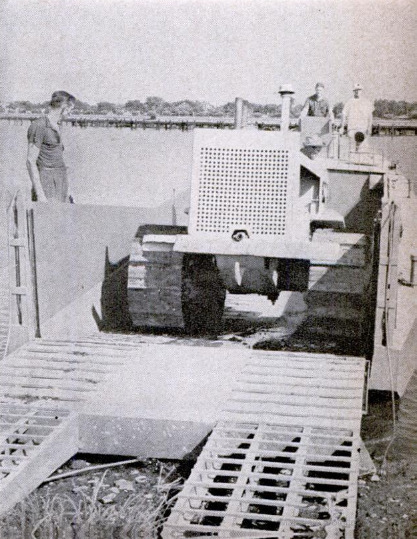-
Title (Dublin Core)
-
New tools for army power
-
Article Title and/or Image Caption (Dublin Core)
-
Title: New tools for army power
-
extracted text (Extract Text)
-
IN THE AIR, on land, and at sea, the U. S.
Army is getting new tools to do its work.
Eagerly studying the innovations of for-
eign warfare, military observers have
brought home the fruit of its lessons. In-
ventive genius here has matched its skill
against the best abroad. And weapons that
existed only on paper, not long ago, now are
being readied for any necessary “blitzkrieg”
of our own.
One serious problem has been to find a
suitable rapid-firing cannon for use against
low-flying planes. Army experts believe
they have found the answer in the Bofors
40-millimeter (1.6-inch) gun, a foreign de-
sign improved by such American refine-
ments as welding instead of riveting. Trials
of the U. S. version at the Aberdeen Proving
Ground, Md., show that it hurls two-pound
explosive shells at the terrific rate of 120
a minute.
Recoil mechanism of any gun should ab-
sorb the “kick” and return the weapon to
firing position, without allowing the car-
riage to shift and spoil the aim. Hence the
Bofors carriage had to pass a “jump test,”
as illustrated. Pencils mounted on outrig-
gers are pressed by springs against card-
board thumbtacked to fixed wooden stand-
ards. When the gun is fired, any movement
of the carriage will automatically be traced
by the pencils on the cardboard.
For computing range and elevation of
ground targets, airplane maps now are sup-
plemented by a remarkable instrument
called the Wild T2 theodolite. This device
operates on the general prin-
ciple of a surveyor’s transit, |
but with such extraordinary |
precision that it locates tar-
gets at great distances with-
in the bursting area of a six-
inch shell. Its scale reads to
one second of an arc, or to a
1/3,600 part of a circle. Gas |
masks for theodolite users |
have special eyepieces.
If need be, the U. S. Army |
will be prepared to fight fire
with fire. Flame throwers
used in Europe, for assault on concrete
fortifications and for infantry defense
against tanks, look bulky and cumbersome
beside a compact 70-pound model recently
demonstrated at Fort Belvoir, Va. Carried
like a pack, its tank projects a 2,200-degree
flame to a range of 90 feet. Bursts of as
long as 18 seconds are fired by a trigger on
the nozzle. In contrast with other types,
its carrier need not wear asbestos clothing.
A 50-ton juggernaut, first of a new series
of heavy Army tanks, was nearing comple-
tion at this writing. Its
reported innovations
will include a “tank
periscope,’ already
tried out successfully
in Canada, through
which the command-
ing officer will direct
the driver and aim gun-
fire. A block of armor
behind the observation slit stops machine-
gun bullets that might enter and ricochet
within the tank.
To rush troops into battle, the Army has
perfected a new armored personnel carrier.
whose lengthened body provides room for
14 soldiers—twice the number that could
be transported in former “half-track” mod-
els. Another version of the latest design
constitutes the first self-propelled mount
for a field gun of 75 millimeters (three
inches). Like earlier half-tracks, the hy-
brid vehicles travel on tractor treads at
rear, and wheels in front, plus a cylindrical
roller that enables them to wallow through
mud, slush, and sand.
Joint Army and Navy maneuvers antici-
pate possible troop landings upon enemy-
held shores. Latest types of landing boats
vary in length from 36 to 45 feet. The
smaller model carries 39 fully armed troops,
or an armored scout car. Mounting a ma-
chine-gun turret in its bow, it speeds at 25
knots under the power of its 250-horsepower
Hall-Scott motor, and can lay a smoke
screen to conceal other landing boats. Load-
ed from a transport, it is driven right up
on a beach. If reversing the boat fails to
float it again, a kedge anchor thrown sternward is
drawn in by a winch to free it.
The larger, 45-foot boat ferries 188 men ashore
at a time. Alternately, it can carry a light 15-ton
tank or a husky tractor. Diesel motors power these
twin-screw craft. Photographs on these pages, some
published here for the first time, illustrate typical
maneuvers.
-
Contributor (Dublin Core)
-
Alden P. Armagnac (article writer)
-
Language (Dublin Core)
-
Eng
-
Date Issued (Dublin Core)
-
1941-10
-
pages (Bibliographic Ontology)
-
73-77
-
Rights (Dublin Core)
-
Public domain
-
Archived by (Dublin Core)
-
Sami Akbiyik
 Popular Science Monthly, v. 139, n. 4, 1941
Popular Science Monthly, v. 139, n. 4, 1941
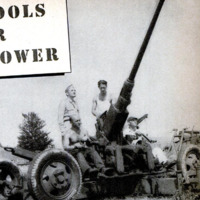 Screenshot_1.png
Screenshot_1.png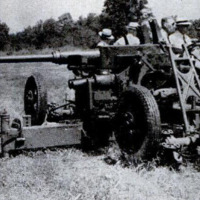 Screenshot_2.png
Screenshot_2.png Screenshot_3.png
Screenshot_3.png Screenshot_4.png
Screenshot_4.png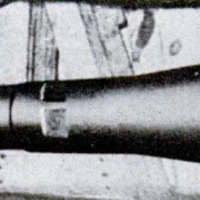 Screenshot_5.png
Screenshot_5.png Screenshot_6.png
Screenshot_6.png Screenshot_7.png
Screenshot_7.png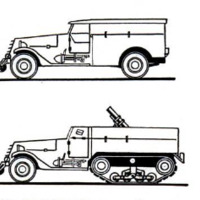 Screenshot_8.png
Screenshot_8.png Screenshot_9.png
Screenshot_9.png Screenshot_10.png
Screenshot_10.png Screenshot_11.png
Screenshot_11.png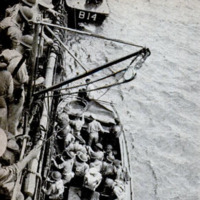 Screenshot_12.png
Screenshot_12.png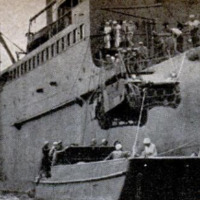 Screenshot_13.png
Screenshot_13.png Screenshot_14.png
Screenshot_14.png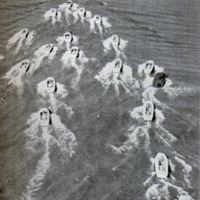 Screenshot_15.png
Screenshot_15.png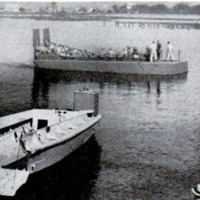 Screenshot_16.png
Screenshot_16.png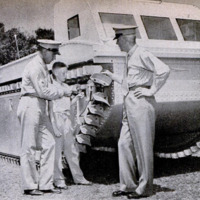 Screenshot_17.png
Screenshot_17.png Screenshot_18.png
Screenshot_18.png Screenshot_19.png
Screenshot_19.png



